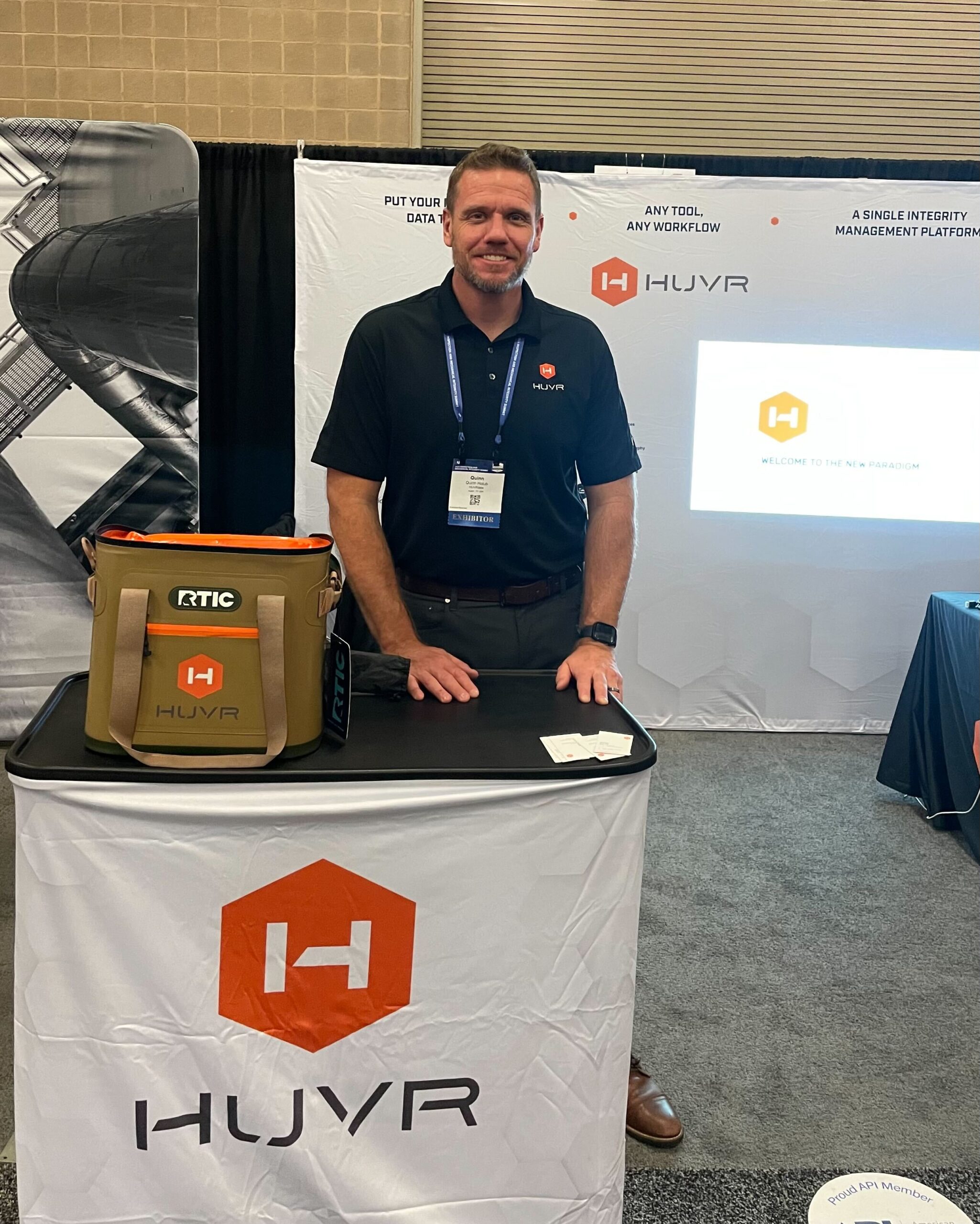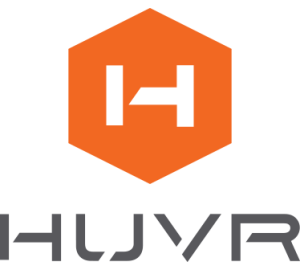Blog · 7 MIN READ
Takeaways from the API Inspection and Mechanical Integrity Summit 2024
Posted on February 02
API Inspection and Mechanical Integrity Summit 2024
Chris Haines, COO, HUVRdata & Quinn Holub, Director of Business Development, HUVRdata
Last week, our team bussed themselves and a load of HUVR-branded gear over to San Antonio, TX for what we like to call the “Super Bowl of Mechanical Integrity,” the API Inspection and Mechanical Integrity Summit 2024. This behemoth of a conference takes so much time, effort, and love to orchestrate that it only comes around once every other year, so our team was ready to hit the ground running and kick off 2024 on a high note.
The highly attended summit took place last week Monday, Jan. 22 through Thursday, Jan. 25 at the Henry B. Gonzalez Convention Center in San Antonio, TX. Amidst the backdrop of the Texas air (thankfully crisp and cool this time of year instead of sweltering and sunny), 1800+ mechanical integrity experts from all walks of life gathered together to network, share experiences, products and services, and deepen their knowledge on all things maintenance, reliability, operations, and more. The conference was a bustling “who’s who” of the oil and gas industry – all the industry giants were there from ExxonMobil to Phillips66, Acuren, Chevron, and more.

Director of Business Development Quinn Holub cheesing for the camera at the HUVRdata booth during the Inspection & Mechanical Integrity Summit 2024.
The conference kicked off with a harrowing keynote address The Energy Transition… What Energy Transition? from author, podcaster, and film producer Robert Bryce. Bryce touched on the proposed “energy transition” popularized today by advocacy groups pushing for a transition to 100% renewable energy. Bryce discussed the nuances of making something like this happen, with the barriers of resource availability, geopolitical/cost factors, and time chief among the reasons why a 100% renewable future isn’t sustainable or possible for decades to come. At the end of his speech, the audience walked away recognizing that the demand for oil and gas will never completely die away, that natural gas-based energy will be essential to ensuring the world always has access to relatively inexpensive energy sources, and that there will simply never be enough Lithium in the world to make a seismic shift of this magnitude work.
The rest of the conference honed in on more specific topics across the Up-, Mid-, and Downstream sectors with training courses like API 653 Tank Inspection 101 from esteemed HUVR advisor and “Tank Whisperer” Earl Crochet or presentations on the Benefits of Standardization on Risk-Based Inspection (RBI) and Data Analysis. Our team was proud to participate in two of the multitude of speaking engagements this year.
The first HUVR-hosted speech on Tuesday afternoon was a fireside chat between former BP mechanical integrity expert (and HUVR advisor) Mark Susich and HUVR COO Chris Haines on the RBI Easy Button: Value Creation from Risk-Based Inspections at Scale. During the session, Mark and Chris facilitated a discussion on how risk-based inspections at scale, when done right, can be the make-or-break on your inspection strategy. The audience chimed in with examples and thoughts from their own areas of expertise, even diving into the complex world of 3D contextualization and the benefits – and pitfalls – that 3D modeling provides for critical inspections at scale.
Haines took to the stage again Wednesday morning alongside North American Refractory/Ceramics Lead for ExxonMobil Aaron Schlett for Digitizing Workflows to Mitigate Impact on the Turnaround Critical Path. In this session, Aaron and Chris broke down a case study about the implementation of digital inspection strategies for refractory turnaround applications at ExxonMobil. They examined the history of refractory inspections in this space and the associated struggles with data management, before diving into the “road to implementation” and final success of implementing a digitized inspection strategy with an all-in-one solution like HUVR’s Reliability Automation Platform. The audience left with a deeper understanding of the crucial advantages of digitization in a traditionally paper-based or spreadsheet-based world, prepared to face the challenges digitization can pose and realize the efficiency and cost gains that it ultimately produces in a refractory turnaround setting.
There were a lot of deep dives into the world of mechanical integrity inspections, with methods as tried and true as paper-based checklists to shiny new objects like robotic inspections at scale. However, one theme stood out for our team on the ground across the board: the industrial market is finally on the path to realizing the gains of digital and automated inspections. In the past, even as soon as just 18 months ago, the move to capturing inspection data in a digital format was slow, barely in its infancy in many cases. However, today, whether driven by interest, efficiency, new innovation upon existing technologies, or even just mandates from regulators and C-suite executives at the top, the market is teeming with vibrant conversations about digitized solutions and digital data management strategies, thrusting the mechanical integrity industry into the 21st century for good.
Overall, the team was thrilled to see the shift in technology-first thinking, the thoughtful conversations, and the ebb and flow of familiar faces in the crowd, making the API Inspection and Mechanical Integrity Summit yet another conference for the books. Many thanks to the entire team at the American Petroleum Institute, and everybody on the ground who made the experience such a memorable one. We can’t wait to see how the API Inspection and Mechanical Integrity Summit will top this in 2026.


